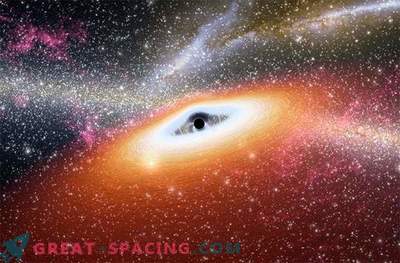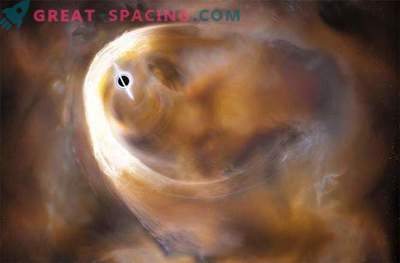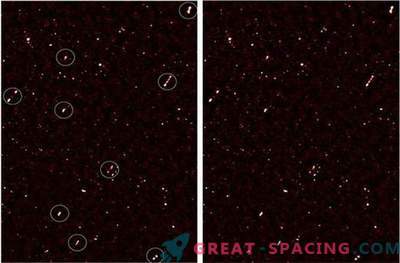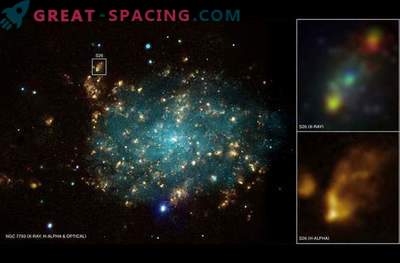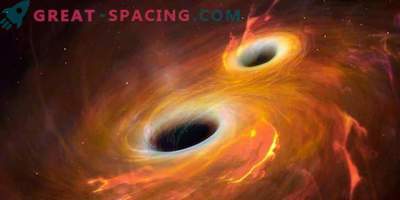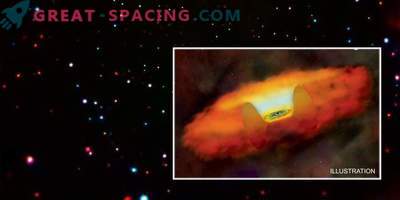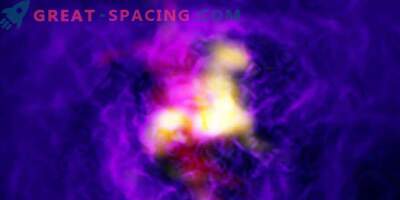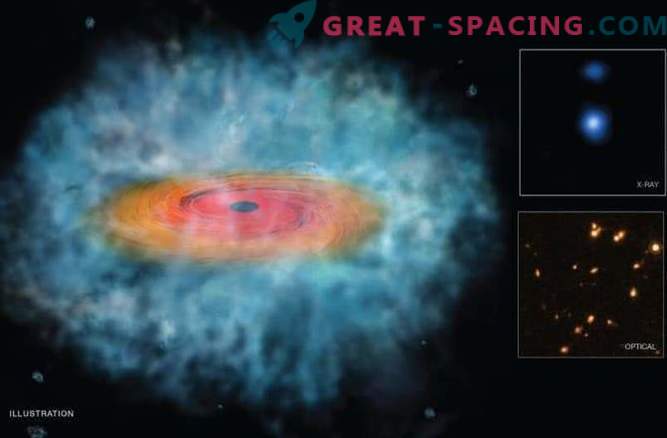
At the center of most galaxies, including our Milky Way, lies a supermassive black hole that is millions of times larger than our Sun. But how these monsters were formed is still a mystery.
One idea is that black holes began to attract gas from nearby regions. Another option is that they were formed by the merger of small black holes.
Now, observations of three telescopes suggest a third mechanism for the formation of black holes - the collapse of gas clouds.
“We found evidence that supermassive blacks can form directly from the collapse of a giant gas cloud, skipping all intermediate steps,” says astronomer Fabio Pacucci. “There is a lot of controversy over how black holes are formed,” added astronomer Andrea Ferrara. "Our work suggests that black holes are born large and grow at a slow pace, rather than starting small and growing very fast."
Using computer models and observations made by Hubble, the Chandra X-ray Observatory and the Spitzer infrared telescope, astronomers discovered two nascent black holes, both of which had the predicted red color recorded by Hubble and Sptzer, as well as infrared waves - the Chandra observatory.
Distance measurements show that they could have been formed in the Universe less than 1 billion years.
The study will be published in the Royal Astronomical Society on June 21.
